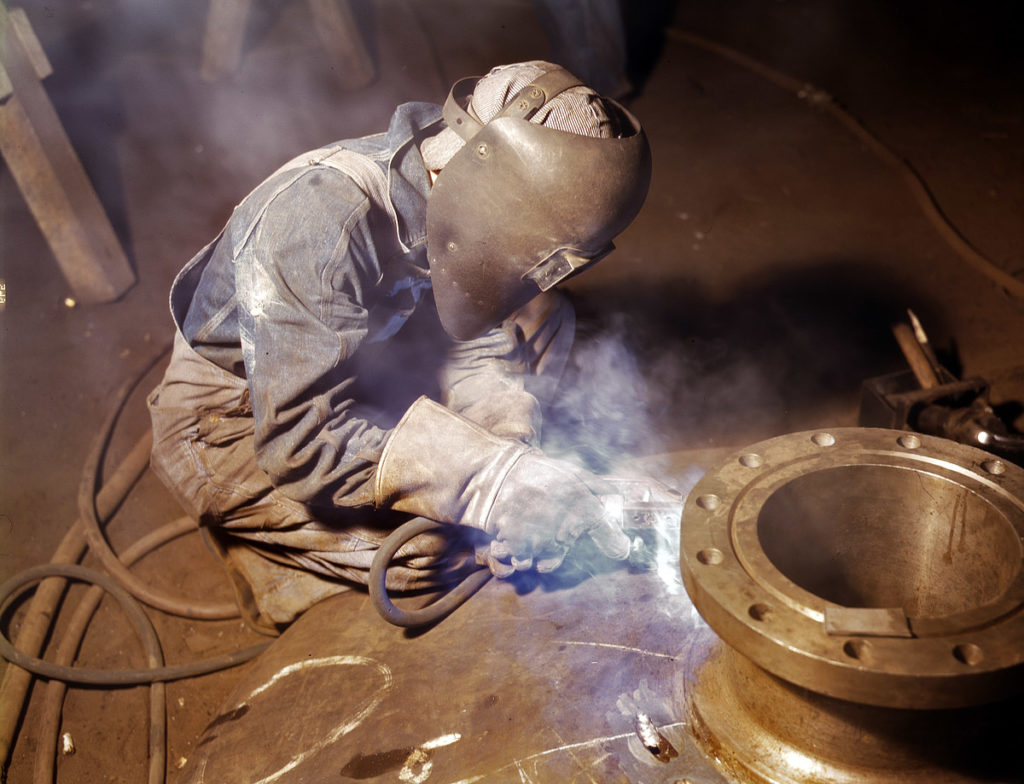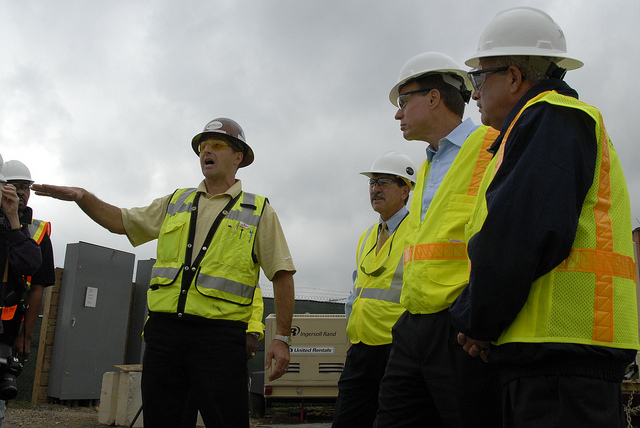DTH is a relatively recent technique, introduced in the 1950s when the choice of drilling system for quarrying was limited, that then included the hand-held jack hammer, cable tool, and rotary drill and the air-driven top hammer machines.
Rotary drilling required large, heavy rigs to create weight behind the drill bit and provide fast rotational speeds with high torque capabilities to penetrate the rock. Although they were relatively fast, economical to run and maintain and good in poor ground, they required a high capital outlay, were prone to hole deviation and gave less impressive performance in hard rock.
Rotary drills are now commonly used in big, open pit mines, producing larger holes from 165-300mm diameter, usually for short hole, multi row blasting in medium/soft rock. Steel tooth tricone bits are used in softer rock, with tungsten carbide types for harder rock. Internal bearings in tri-cone bits restrict the minimum hole size to 152mm, so rotary drag bits are normally used for drilling holes below 152mm but mainly in soft rock. The rotary drilling principle is still widely used in deep-hole water well drilling and for oil and gas wells.
Article Source: http://EzineArticles.com/7060487


